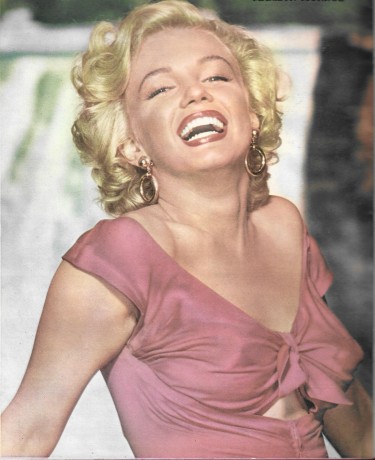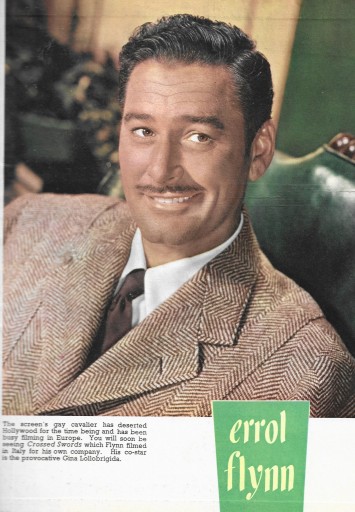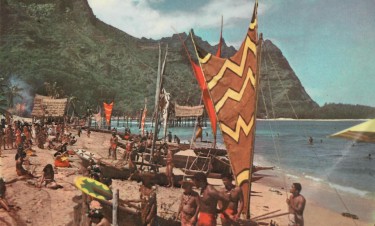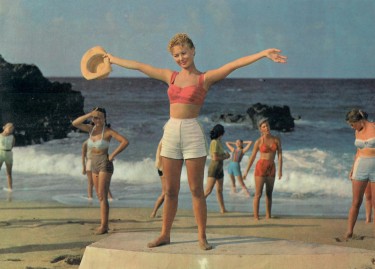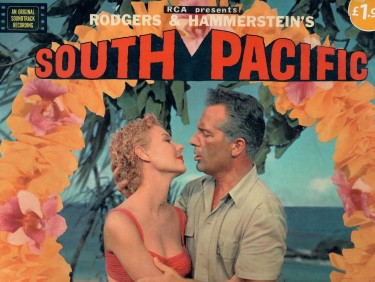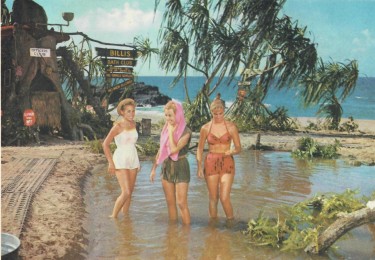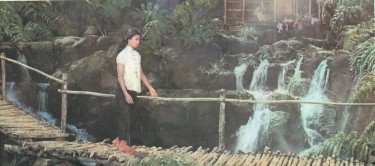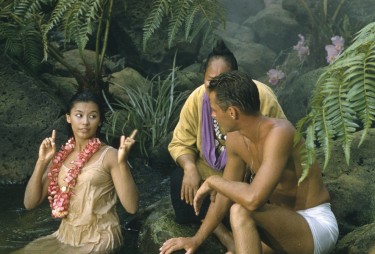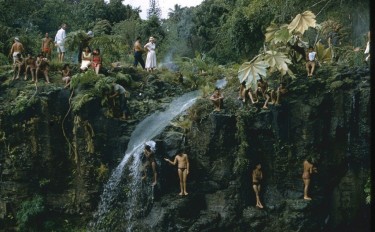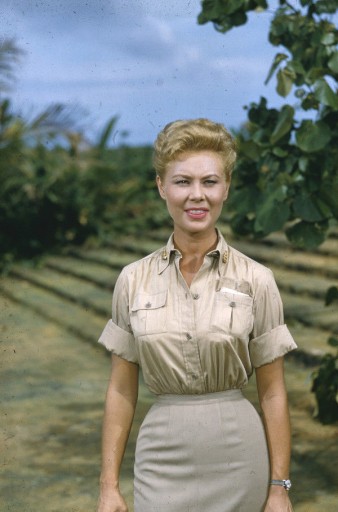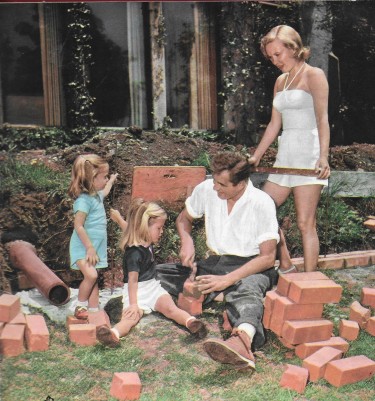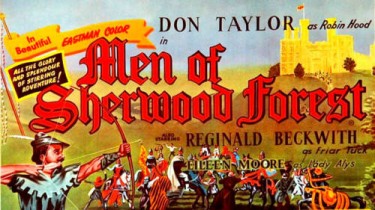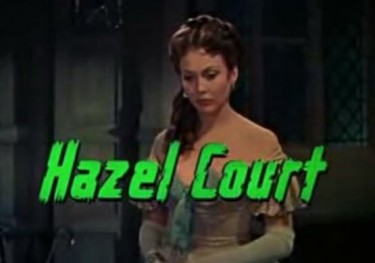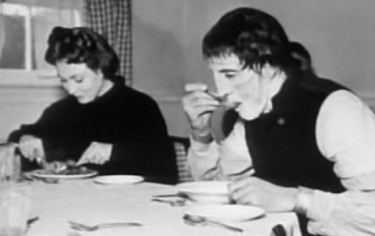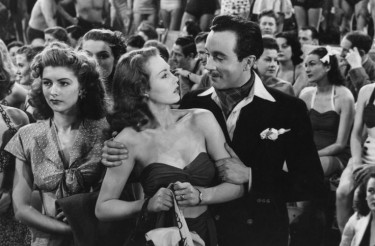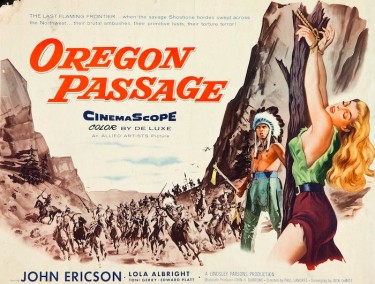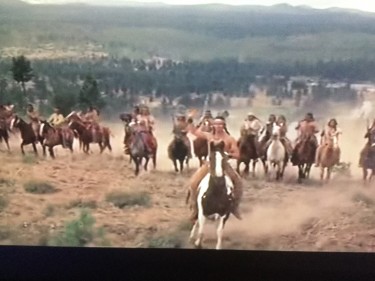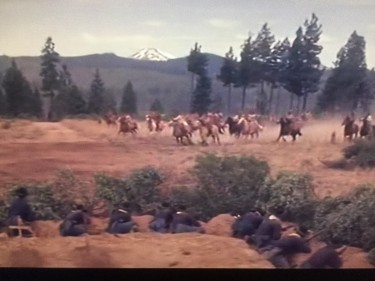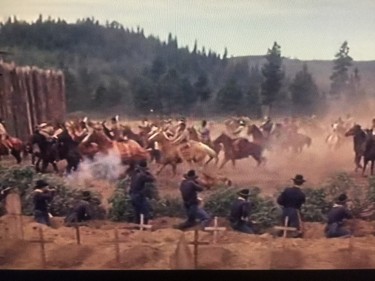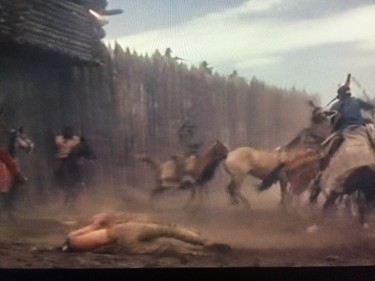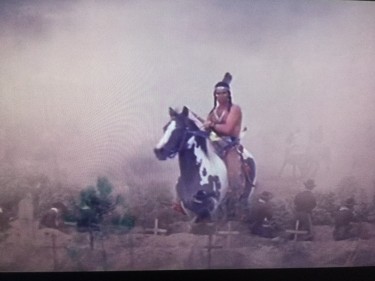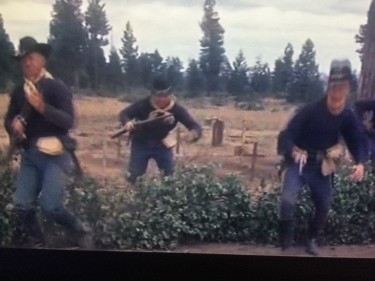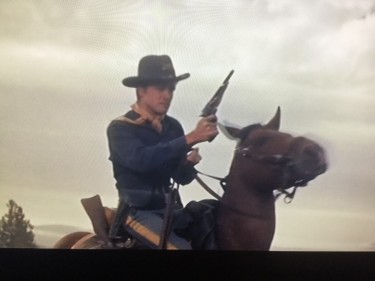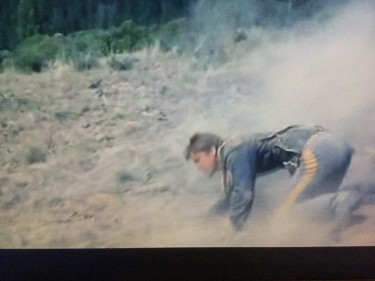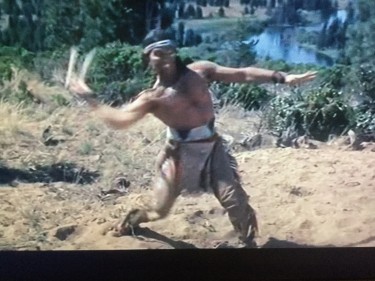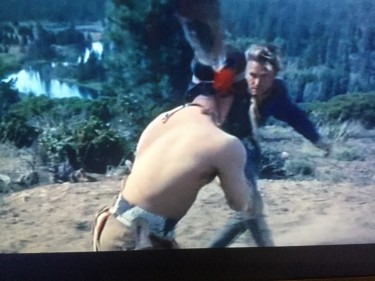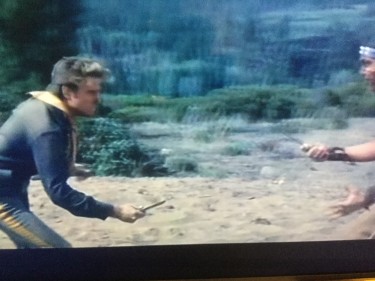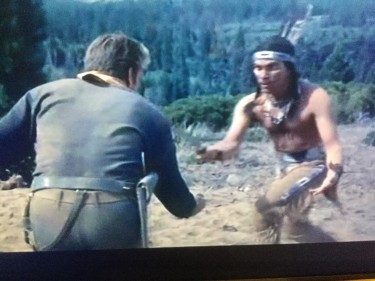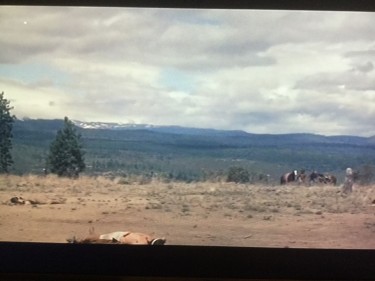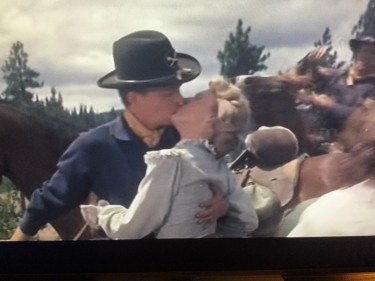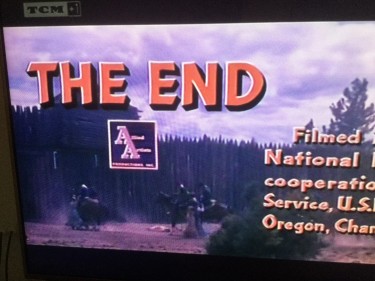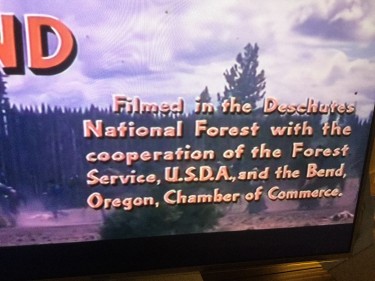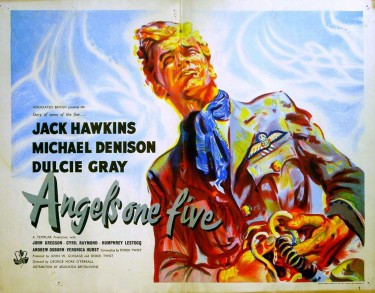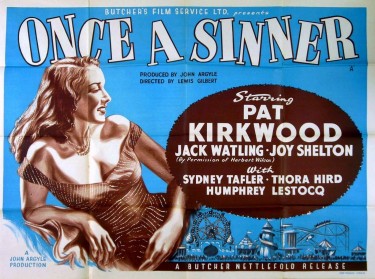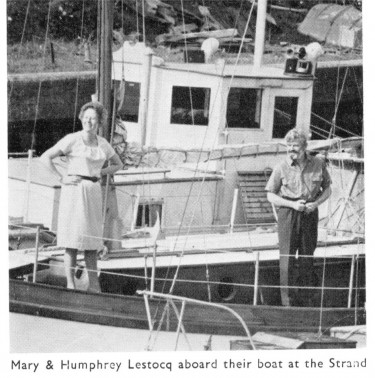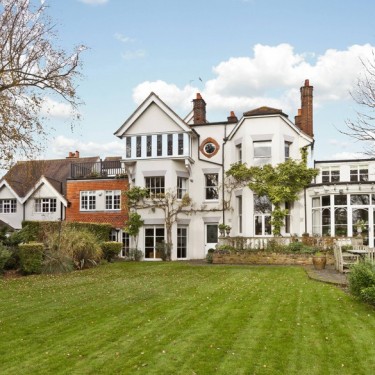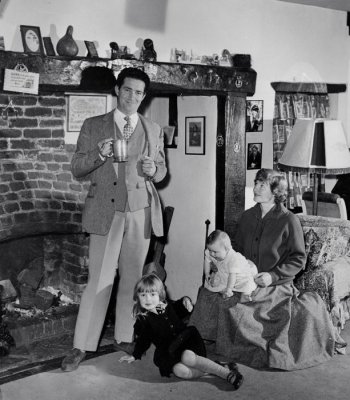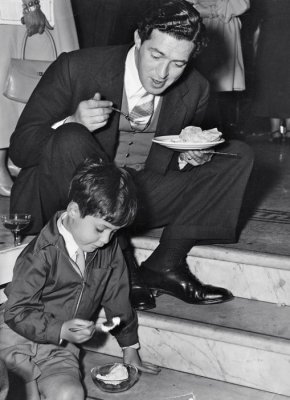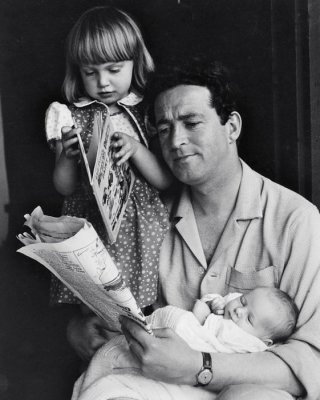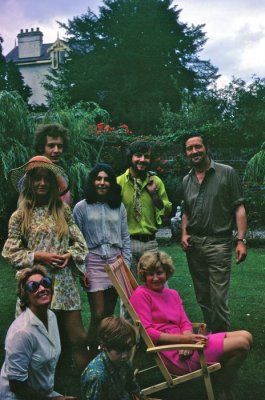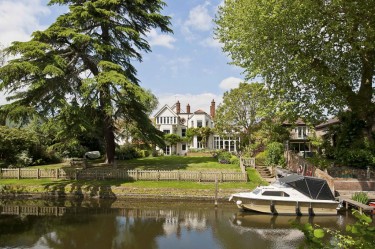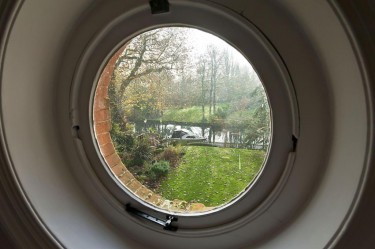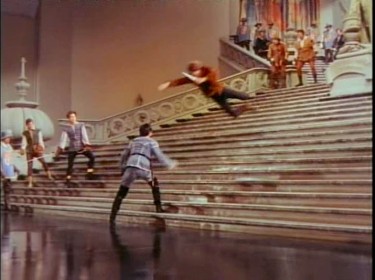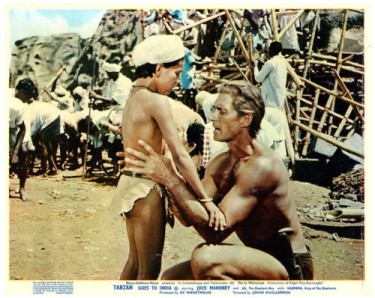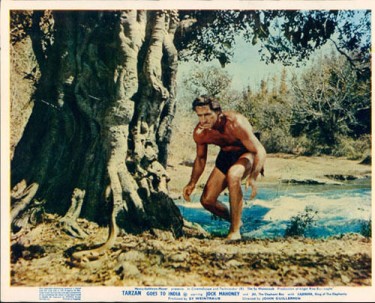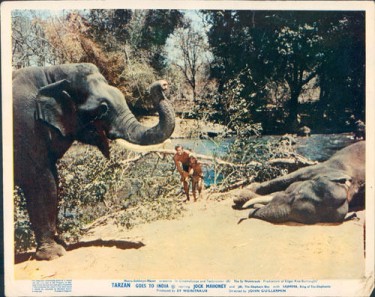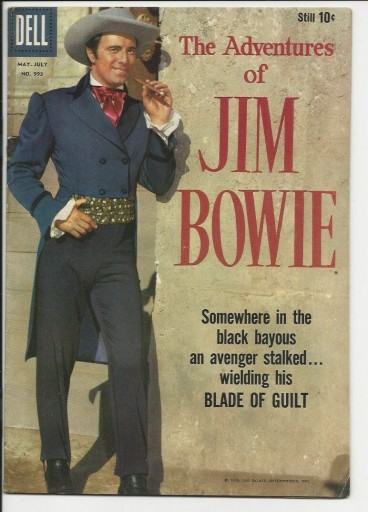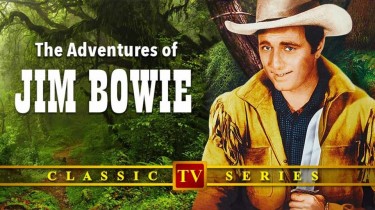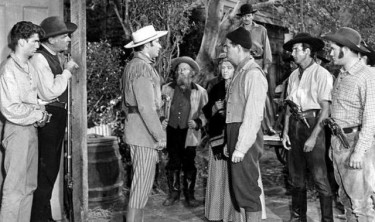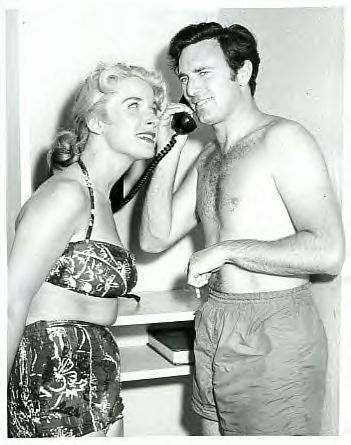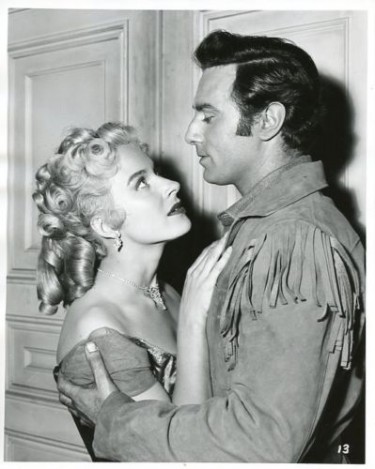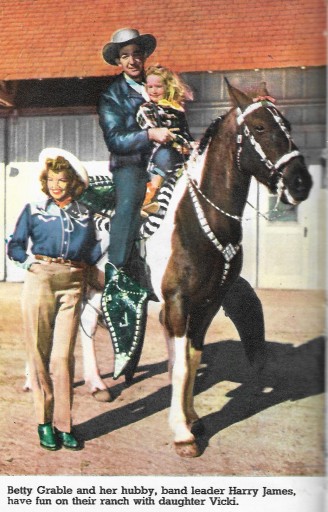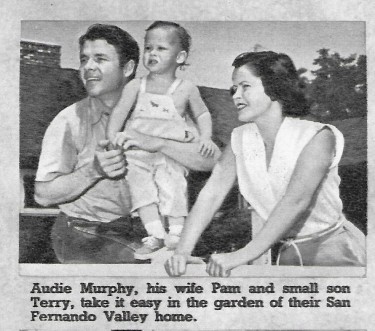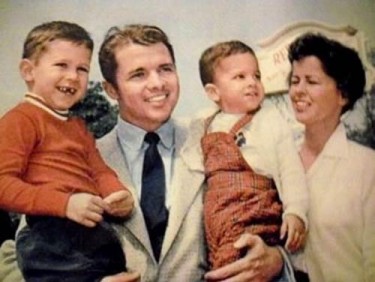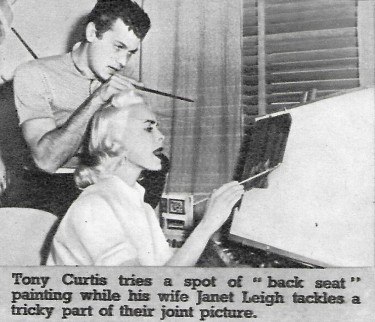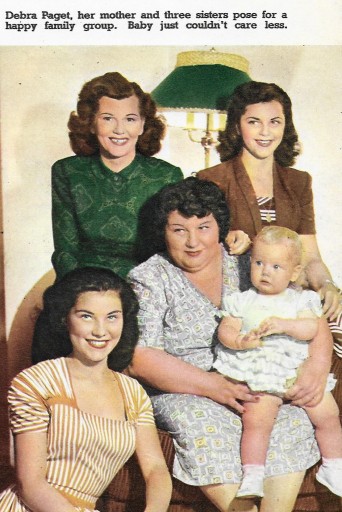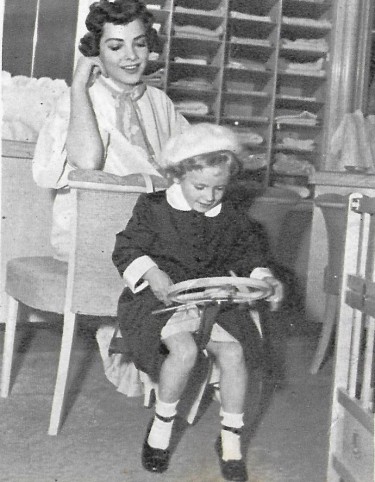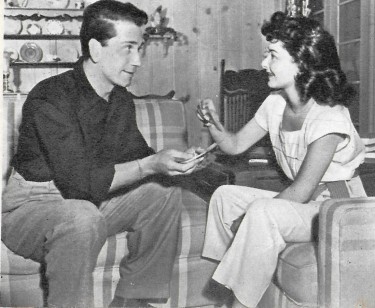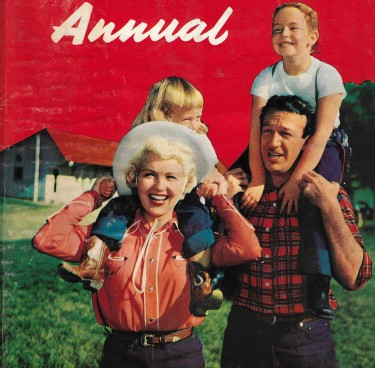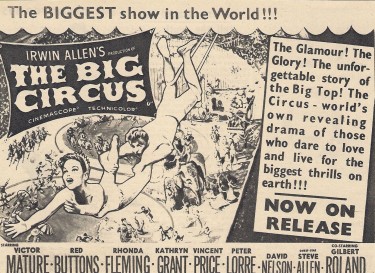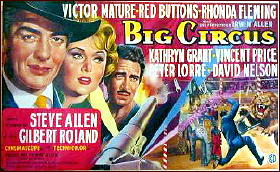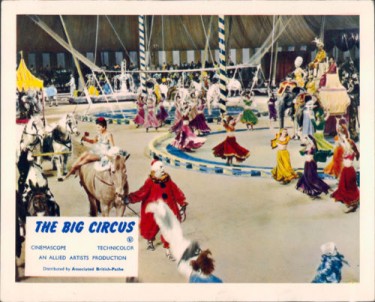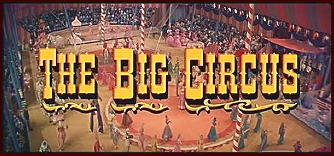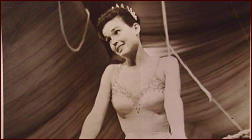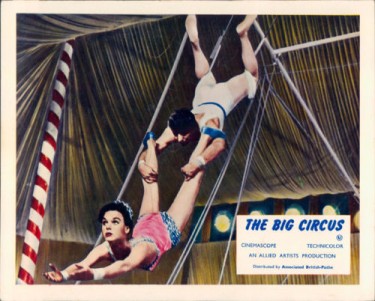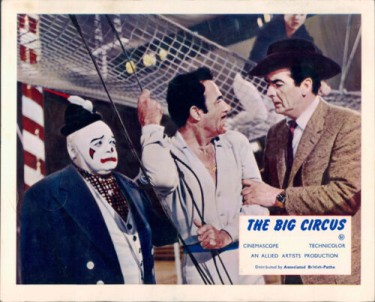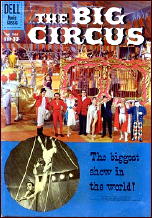A few years ago, I was talking on the phone to a good friend of mine David Small from Leicester England and I remember him saying that he thought that Marilyn Monroe and Errol Flynn were still the biggest Film Star names in the World. He may well have been right.
Sadly David died last year. However I have no hesitation in stating here and now, that David was The World’s Leading Expert on Errol Flynn – he knew everything about him, had collected an enormous amount of Memorabilia and had even written a book about his early life in England as an actor.
He had the original footage on the unfinished Errol Flynn ‘William Tell’ film which was to have been an epic Cinemascope film shot in Switzerland and directed by Jack Cardiff. He told me that the film that had been shot was very impressive indeed.
Here are two pictures -from a Film Annual of the time – and two lovely colour pictures they are too of these Two great stars :-
David knew every Errol Flynn Film and had probably seen every one of them many times over but his favourite of course was The Adventure of Robin Hood which had Errol in sparkling form in the title role. He fitted the part like a glove.
I remember saying to David in one conversation that I had seen The Prince and the Pauper – again with Errol Flynn – and I had thought in that one he looked different somehow – not so athletic and somehow more slender and slightly awkward – and David said that this one had been made only a year before Robin Hood – but he agreed with me that Errol seemed to be nothing like as mature or confident an actor as he was in Robin Hood. He did seem a different man.
I always preferred The Story of Robin Hood and His Merrie Men – made in England and released in 1952 with Richard Todd and Joan Rice. This was of course a Walt Disney film.
David agreed that it was a very good film but still had the Errol Flynn version as his best.
Anyway, we have above, pictures of TWO great Film Stars who lived in a golden era in film terms and who have attained iconic status.
I cannot think of any modern star who fits the same bill somehow but then, as someone once said to me when talking on another subject – ‘ these were different days’ !
